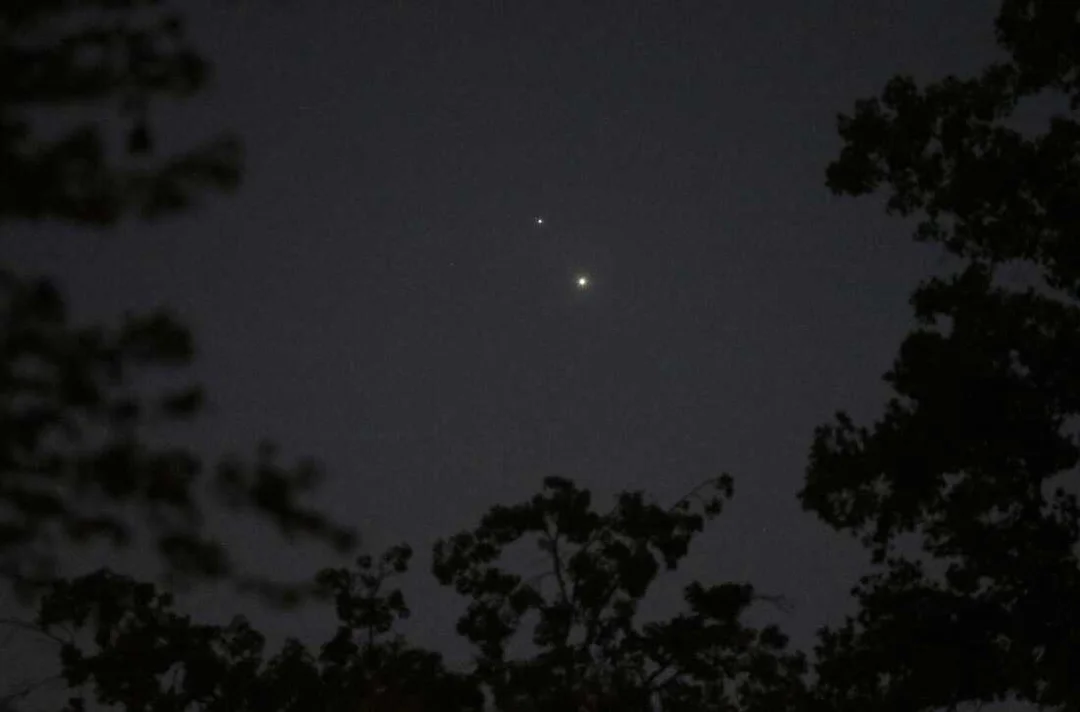
Lost in Space and Found: Soviet Probe Kosmos 482 Crashes Back to Earth After 53 Years
After a 53-year odyssey in space, the Soviet probe Kosmos 482, originally intended for Venus, has made an uncontrolled reentry into Earth's atmosphere. The event highlights the lingering legacy of the space race and the challenges of tracking space debris. While various agencies monitored the descent, the precise impact location remains uncertain, sparking curiosity and raising questions about the probe's fate.
Launched on March 31, 1972, from the Baikonur Cosmodrome, Kosmos 482 aimed to explore Venus. However, a malfunction prevented it from reaching its intended trajectory, leaving it stranded in an elliptical Earth orbit. Over five decades, atmospheric drag gradually pulled the probe back towards our planet.
The reentry occurred on Saturday, with conflicting reports regarding the exact time and location. Roscosmos, Russia's space agency, reported that the spacecraft reentered around 2:24 a.m. ET, splashing down in the Indian Ocean, west of Jakarta, Indonesia. The European Space Agency (ESA) placed the reentry time slightly earlier, at 2:16 a.m. ET, noting that the probe disappeared from radar over Germany. Meanwhile, the U.S. Space Force estimated the reentry between 1:20 a.m. and 1:44 a.m. ET. This discrepancy makes pinpointing the final resting place difficult.
According to NASA and the European Union Space Surveillance and Tracking network, Kosmos 482 was built to withstand the harsh conditions of Venus, suggesting that at least some parts likely survived reentry and reached the ground. Jonathan McDowell, Astronomer at Center for Astrophysics at Harvard & Smithsonian suggested studying the probe could help with designing spaceships to go to Mars.

Interestingly, this wasn't Earth's first encounter with Kosmos 482. A few days after its launch in 1972, several titanium spheres, remnants of the probe, landed in Ashburton, New Zealand, causing a stir among the local population. One was locked in a police cell until experts could assess it.
As history recalls, the re-entry brings to mind the time when the Soviet Union was prominent in space exploration. This probe could be resting at the bottom of the ocean, or if could be that the spacecraft burned up during the descent.
Today, space agencies and private companies are launching countless objects into orbit that are reentering on a frequent basis. The journey of Kosmos 482 finally comes to an end, however questions still remain on where it may have landed. The incident serves as a unique reminder of the past and reminds us that "There’s an archive of the space race, still circling the Earth".
What are your thoughts on the Kosmos 482 incident and the increasing amount of space debris? Share your perspectives in the comments below.
Related issues news
Where did Cosmos 482 land?
After 53 years stuck in space, a Soviet spacecraft designed to land on Venus has finally crash-landed back on Earth. The Kosmos 482 probe, a relic from the first Space Race, crashed harmlessly into the Indian Ocean west of Jakarta, Indonesia at 2:24 a.m. EDT (6:24 a.m.
Did Kosmos 482 crash yet?
A Soviet spacecraft that's been stuck in low Earth orbit ever since it launched in 1972 has finally crashed back down to our planet. Kosmos 482 rocketed into space more than 50 years ago on a quest to reach Venus, but its journey was scuttled by an apparent engine malfunction.
Has Cosmos 482 returned to Earth?
After looping through space for 53 years, a wayward Soviet spacecraft called Kosmos-482 returned to Earth, entering the planet's atmosphere at 9:24 a.m. Moscow time on Saturday, according to Roscosmos, the state corporation that runs the Russian space program.
Where will the Russian satellite crash?
Story of the Space Race NASA says Kosmos 482's orbit is 'decaying', meaning it's getting closer and closer to Earth, and is expected to re-enter Earth's atmosphere some time between 9–11 May 2025. Currently, it's thought the probe could land anywhere between latitudes 52° North and 52° South.